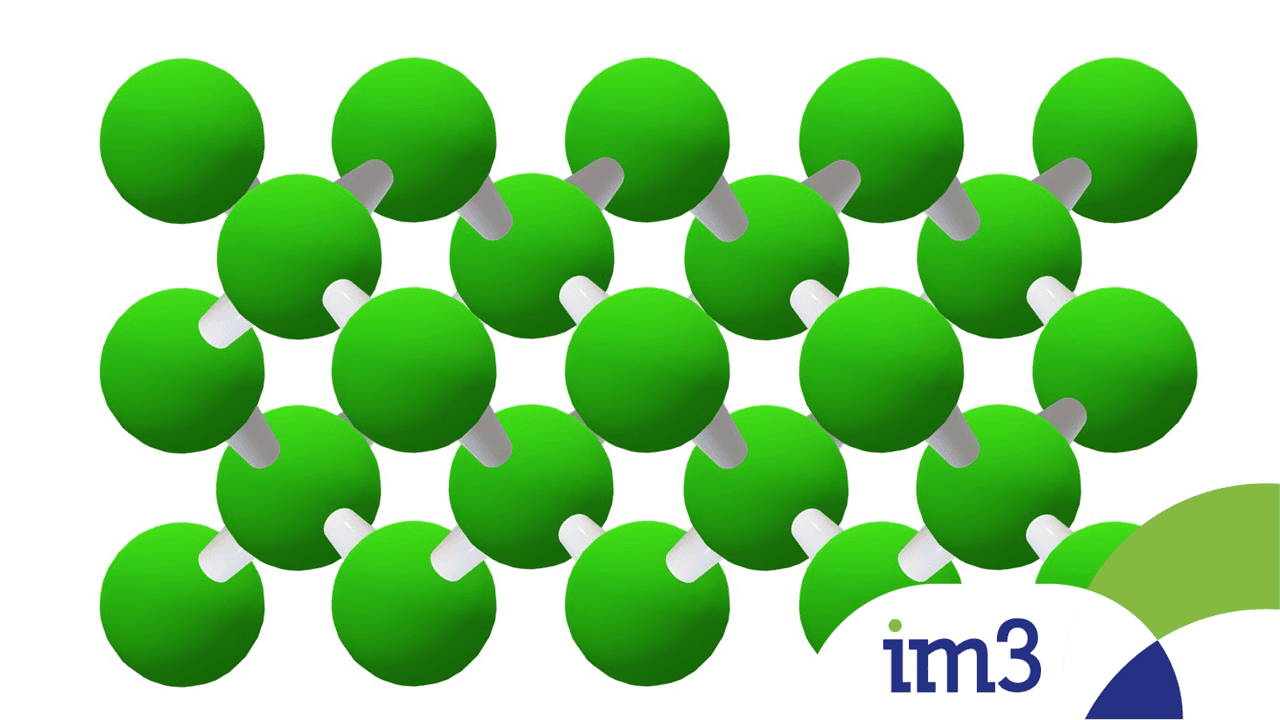17 Nov 75th anniversary of the transistor
discovery or invention?
Image: structure of the silicon crystal, semiconductor element of transistors. Im3®
75 years ago, on November 17, 1947, physicist Walter Brattain and electrochemist Robert Gibney carried out an experiment at Bell Labs consisting of applying an electrolyte (electrically conductive solution) to a piece of semiconductor material.
The intention was to overcome the barrier of the so-called ‘surface state’ effect, whereby the electrons on the surface of a semiconductor cannot move freely as they do inside it.
If they managed to overcome this ‘superficial barrier’, they could inject an external electrical excitation that would allow the intensity of the current circulating inside it to be altered. And the experiment turned out as expected, beginning the well-known “magical month” in the history of the Transistor.
In these 75 years, silicon technology has advanced exponentially in reducing the size of transistors. According to Moore’s law, the number of transistors on a chip doubles every 2 years.
In a recent statement by TSMC Chairman Liu Deyin, he asserts that one-nanometer transistors are feasible. Experts say that we will eventually manufacture transistors the size of an atom, which measures approximately 0.24 nanometers in diameter.
Currently, the transistor is considered one of the ten technologies that changed the world, the first great application of Quantum Mechanics and the entry point into the Information Age and the Internet of Things (IoT).
However, the transistor, is it a discovery or an invention…?


